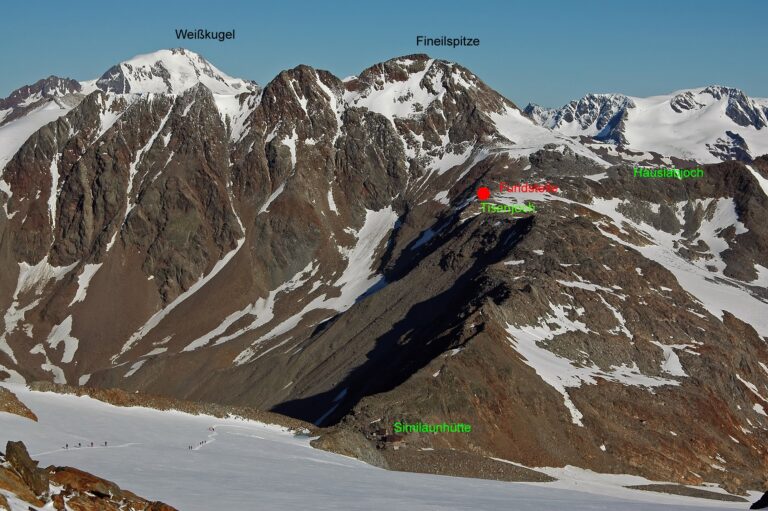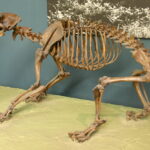“The genome analysis revealed phenotypic traits such as high skin pigmentation, dark eye color, and male pattern baldness that are in stark contrast to the previous reconstructions that show a light skinned, light eyed, and quite hairy male,” said Johannes Krause from the Max Planck Institute for Evolutionary Anthropology, Germany. “The mummy itself, however, is dark and has no hair.”
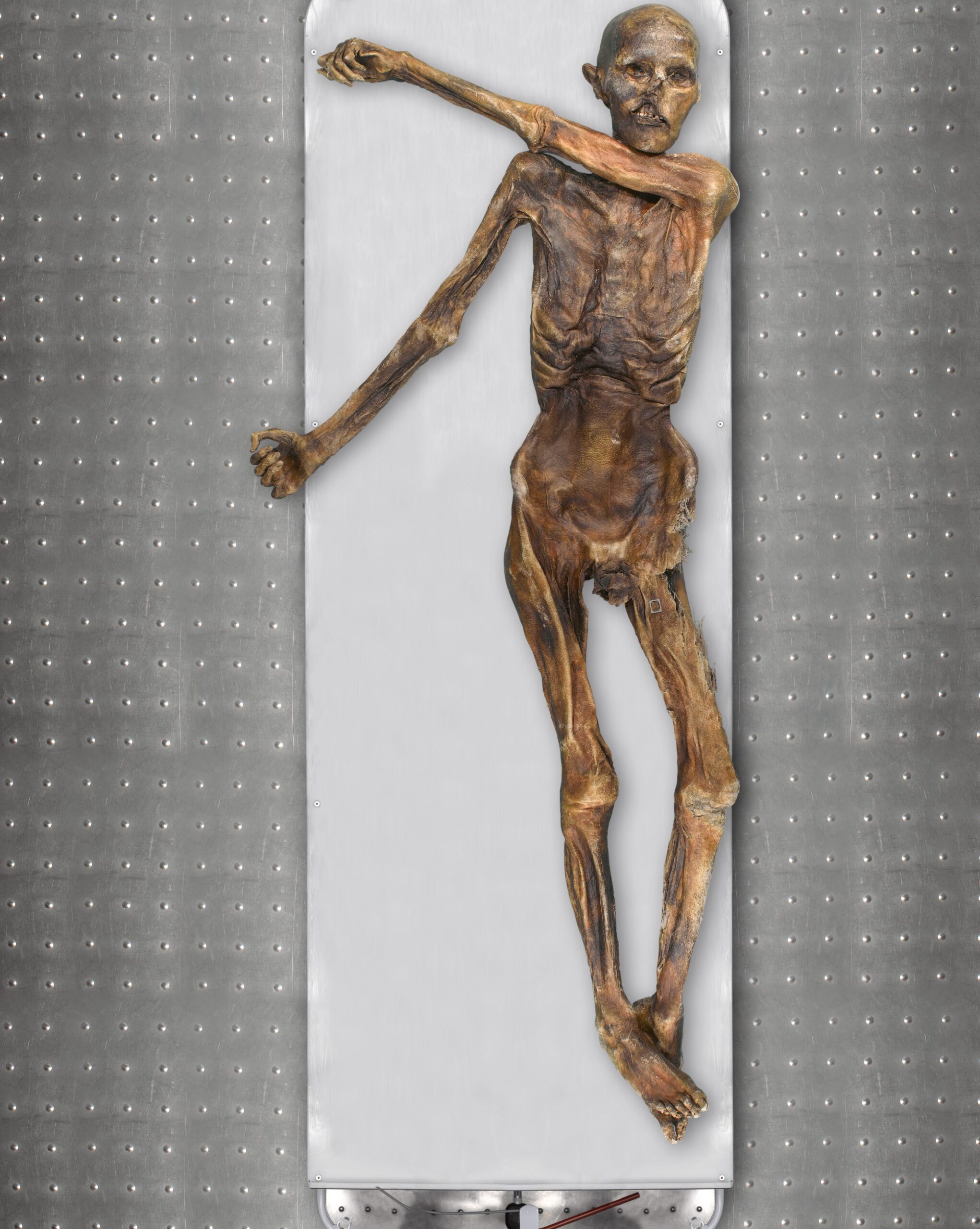
The findings suggest that the Iceman in life looked more like the mummy does today, he notes. The more complete and higher-quality genome analysis also shows that the Iceman had unusually high early Anatolian farmer ancestry, higher than any other known contemporaneous population in Europe from the 4 millennium BCE. The discovery suggests that Ötzi belonged to a rather isolated Alpine population with limited gene flow from hunter-gatherer groups.
The Tyrolean Iceman is one of the best-preserved ice mummies and the oldest by far. As such, researchers have conducted many studies to learn about who he was, including studies of the Iceman’s genomic and ancestral composition. An earlier study from 2012 generated a lower-coverage genome that offered novel insights, despite considerable contamination from present-day human DNA.
The earlier work suggested close genetic affinity between Ötzi and present-day Sardinians. But the researchers now say those conclusions were reached before more human genomes had become available. In the new study, the researchers, including Krause and Albert Zink of Eurac Research – Institute for Mummy Studies in Bolzano, Italy, sequenced Ötzi’s genome again using more recent sequencing technologies to produce a higher-quality genome. What surprised them the most was how the new data changes the picture of what Ötzi looked like.
“The most surprising results were the presence of male-pattern-baldness-related alleles supporting the absence of hair observed on the actual mummy and the rather dark skin pigmentation that is also supported by the mummy,” Zink says.
“It is remarkable how the reconstruction is biased by our own preconception of a stone age human from Europe,” Krause added.
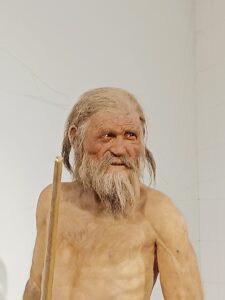
The high amount of Anatolian ancestry came as another surprise, he says, noting that Ötzi carries more than 92 percent Anatolian early farmer ancestry. The finding is a reminder of the remarkable migration history of Europeans. The results also suggest that the Alps were a genetic barrier. As a result, the researchers say, the Iceman’s population didn’t exchange many genes with people north and west of the Alps.
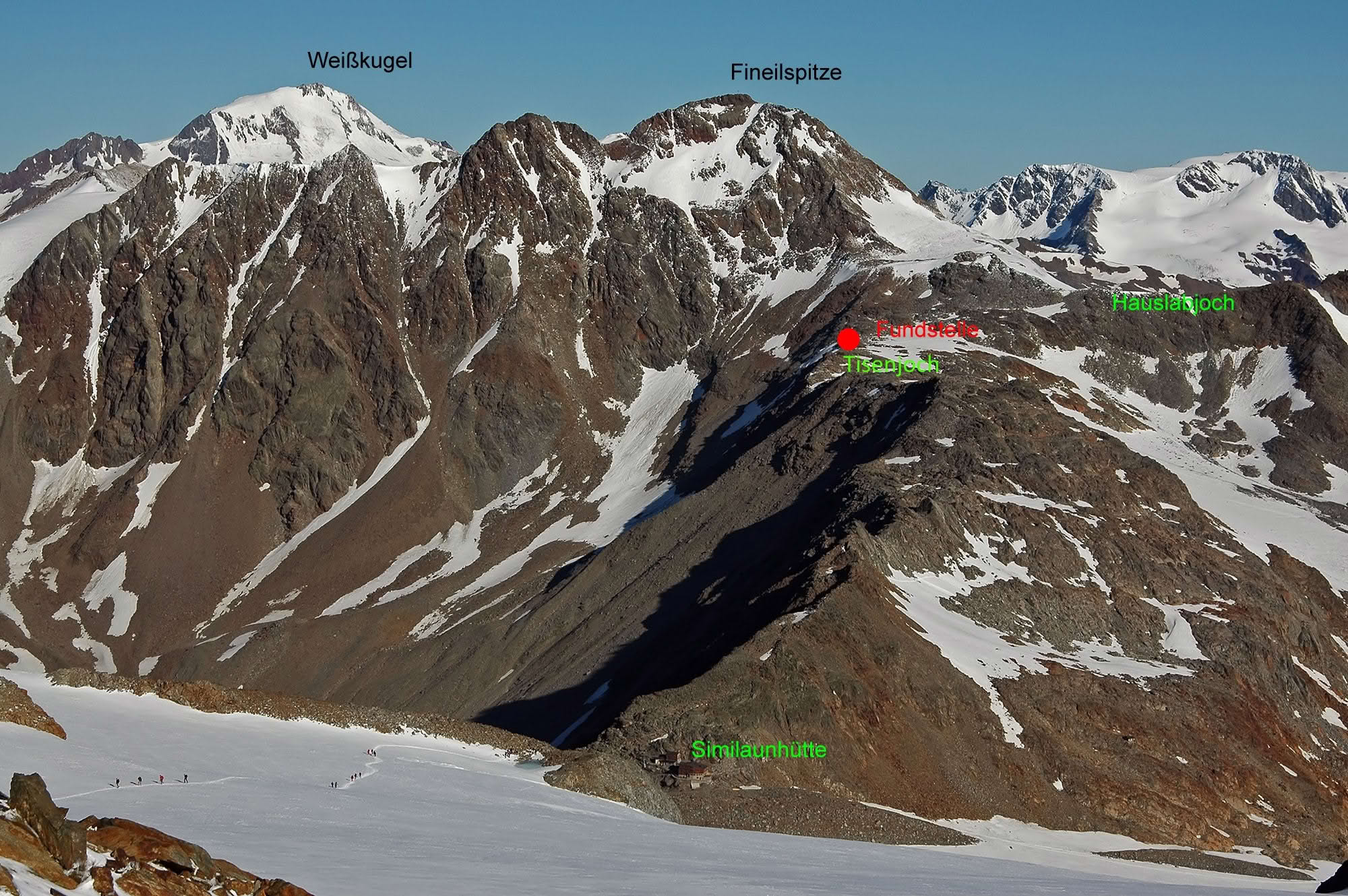
Krause notes that it isn’t clear whether or not Ötzi is representative of people from his time and place. To answer that question, future studies would need to analyze more individuals from the same region and time period.
#####
This work was supported by the University of Zurich.
Press release from Cell Press
———————————————————————————————————————————————————-
Reanalysis of Ötzi’s genome : dark skin, bald head, Anatolian ancestry
Research team used advanced sequencing technology to analyze Ötzi’s genome to obtain a more accurate picture of the Iceman’s appearance and genetic origins.
Ötzi’s genome was decoded for the first time more than ten years ago. This was also the first time the genome of a mummy had been sequenced. The results provided important insights into the genetic makeup of prehistoric Europeans. Advances in sequencing technology have now enabled a research team from the Max Planck Institute for Evolutionary Anthropology and Eurac Research to reconstruct Ötzi’s genome more accurately. The results of this recent analysis refine the Iceman’s genetic picture: compared to other contemporary Europeans, Ötzi’s genome has an unusually high proportion of genes in common with those of early farmers from Anatolia. And, contrary to previous findings, at the time of his death, Ötzi had advanced hair loss and may have even been bald. Furthermore, his skin was darker than previously thought. Ötzi’s genes also show a predisposition to diabetes and obesity.
The genetic makeup of most present-day Europeans has resulted mainly from the admixture of three ancestral groups: western hunter-gatherers gradually merged with early farmers who migrated from Anatolia about 8,000 years ago and who were later on joined by Steppe Herders from Eastern Europe, approximately 4,900 years ago.
The initial analysis of the Iceman’s genome revealed genetic traces of these Steppe Herders. However, the refined new results no longer support this finding. The reason for the inaccuracy: the original sample had been contaminated with modern DNA. Since that first study, not only have sequencing technologies advanced enormously, but many more genomes of other prehistoric Europeans have been fully decoded, often from skeletal finds. This has made it possible to compare Ötzi’s genetic code with his contemporaries. The result: among the hundreds of early European people who lived at the same time as Ötzi and whose genomes are now available, Ötzi’s genome has more ancestry in common with early Anatolian farmers than any of his European counterparts.
Ötzi’s ancestry and appearance
The research team concludes that the Iceman came from a relatively isolated population that had very little contact with other European groups.
“We were very surprised to find no traces of Eastern European Steppe Herders in the most recent analysis of the Iceman genome; the proportion of hunter-gatherer genes in Ötzi’s genome is also very low. Genetically, his ancestors seem to have arrived directly from Anatolia without mixing with hunter gatherer groups,”
explains Johannes Krause, head of the Department of Archaeogenetics at the Max Planck Institute for Evolutionary Anthropology in Leipzig, and co-author of the study.
The study also yielded new results about Ötzi’s appearance. His skin type, already determined in the first genome analysis to be Mediterranean-European, was even darker than previously thought.
“It’s the darkest skin tone that has been recorded in contemporary European individuals,” explains anthropologist Albert Zink, study co-author and head of the Eurac Research Institute for Mummy Studies in Bolzano: “It was previously thought that the mummy’s skin had darkened during its preservation in the ice, but presumably what we see now is actually largely Ötzi’s original skin color. Knowing this, of course, is also important for the proper conservation of the mummy.”
Our previous image of Ötzi is also incorrect regarding his hair: as a mature man, he most likely no longer had long, thick hair on his head, but at most a sparse crown of hair. His genes, in fact, show a predisposition to baldness.
“This is a relatively clear result and could also explain why almost no hair was found on the mummy,”
says Zink. Genes presenting an increased risk of obesity and type 2 diabetes were also found in Ötzi’s genome, however, these factors probably did not come into play thanks to his healthy lifestyle.
Bibliographic information:
Press release from Max Planck Institute for Evolutionary Anthropology

